Reading Comprehension Teaching Resources
Explore printable reading comprehension worksheets, digital activities and more to teach reading comprehension strategies in your primary classroom. Created by teachers, for teachers, the teaching resources in this collection are aligned with the Australian curriculum and have undergone a careful review by a member of our expert teaching team.
You'll find editable versions to easily differentiate your instruction for individual students, plus various options to make your lesson planning easier this school year!
New to teaching this portion of the English curriculum or just looking for fresh and engaging ways to teach reading comprehension strategies? Read on for a primer from our teacher team, including a simple definition of reading comprehension, a look at different strategies students can use and more!
What Is Reading Comprehension?
We'll start at the beginning! Reading comprehension is a skill that's hard to overestimate in terms of its importance for early years students to develop.
Defined as the ability to understand and interpret written language, reading comprehension involves the process of decoding text, extracting meaning from it, and then integrating that meaning with prior knowledge and understanding.
Not only does comprehension comprise the ability to recognise and understand individual words, but it also involves the ability to recognise patterns and relationships within sentences and paragraphs, as well as the ability to make inferences and draw conclusions based on the information presented.
This isn't just important for reading, of course.
Comprehension is all about making meaning, and it includes various levels of understanding, including:
- Literal
- Inferential
- Evaluative
- Critical
If you think about it, we rely on these skills on a daily basis — when we notice the stooped shoulders of a partner as they walk in the door or when we listen to the weather report and observe how heavily laden the sky is with grey clouds.
To develop those same skills in a reading context, our students need to build a variety of language skills, such as vocabulary knowledge, grammar and syntax, as well as cognitive processes, such as attention, memory and critical thinking.
So how do they get there? Let's talk strategies!
What Are Reading Comprehension Strategies?
As you well know, students don't start off being able to comprehend every single thing they read. But teaching them strategies to understand better and retain information will allow them to go from recognising individual words to understanding a range of texts.
Some common reading comprehension strategies include:
- Previewing — This is the process of skimming the text before reading it in detail to get an overall sense of what it is about.
- Activating Prior Knowledge — Students can draw on existing knowledge and experience to help them understand new information, such as a new text.
- Making Connections — This strategy focuses on teaching students to make connections between a text and their own experiences and understandings. Research into the science of reading has shown enhanced comprehension when students are able to connect new information to information they already know.
- Questioning — In this comprehension strategy, students ask and answer questions to clarify the meaning of the text and deepen their understanding. When you centre questioning activities around the familiar open-ended prompts of who, what, when, where, how, why, and which, students assert their understanding and identify any gaps in their comprehension of the text. Questions can be posed by a teacher, by their peers, or by the students themselves.
- Visualising — Visualisation provides both teachers and students with another means to extend their exploration of a text and deepen understanding. This reading comprehension strategy asks students to create and describe an image in their mind, centered around a place, situation, or character in the text. Visualising has been proven in research to improve student recall! Using the five senses is a great way to scaffold student comprehension through visualising.
- Summarising — Summarising is a reading comprehension strategy that asks students to reflect on the text and communicate their understanding of it. A well-formed summary is made up of the main idea of the text and the key details that support the main idea, showing that the student has understood what they’ve read well enough to write a summary that’s not merely a repetition of the text.
- When summarising, students may complete one or more of the following:
- Recount the text in their own words
- Identify the main idea, topic or purpose
- List key words or phrases
- Identify structural elements of the genre
- Using the SWBST process can help students with this reading comprehension strategy. The steps in the SWBST process are:
- Somebody
- Wanted
- But
- So
- Then
- When summarising, students may complete one or more of the following:
- Inferring — The process of drawing conclusions based on clues or evidence presented in the text is called inferring, and it involves readers using what they know and pairing it with what they read in the text to make a conclusion. You may also call this 'reading between lines!'
- Monitoring Comprehension — When monitoring comprehension, students reflect on and assess their understanding as they progress through the text. In this metacognitive process, students may ask themselves questions like 'Is this making sense?' or 'Do I need to read this again?'
- Some comprehension strategies that may be effective may include going back to reread a section of a text, slowing down or speeding up your reading rate, and using text features to help understand difficult parts of a passage. All of these are active reading strategies that students can do to help them better understand what they are reading, while they are reading!
- While monitoring asks students to identify hurdles and barriers, students also benefit from connecting this reading comprehension strategy with explicit strategies to help them pass their hurdles.
All of these comprehension strategies can be taught and practised explicitly.
- Plus Plan
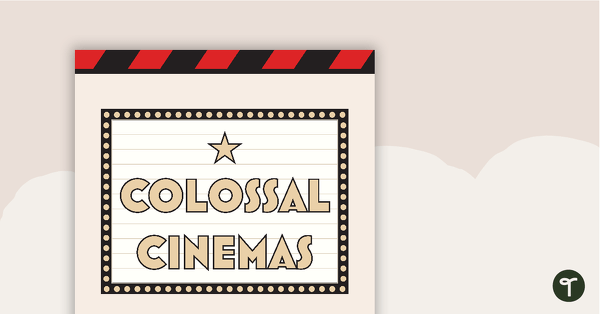
Colossal Cinemas: Save the Seat – Project
A project where students interact with grid reference systems for a realistic movie cinema context.
- Plus Plan
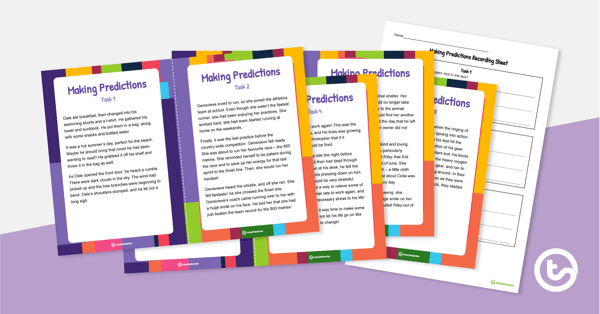
Making Predictions Task Cards
A set of 10 task cards to practice making predictions.
- Plus Plan
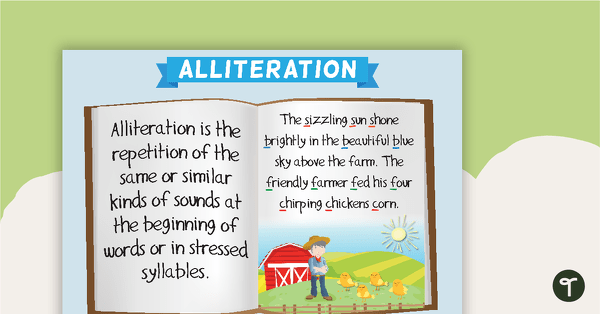
Alliteration Poster
A poster providing a definition and examples of alliteration.
- Plus Plan
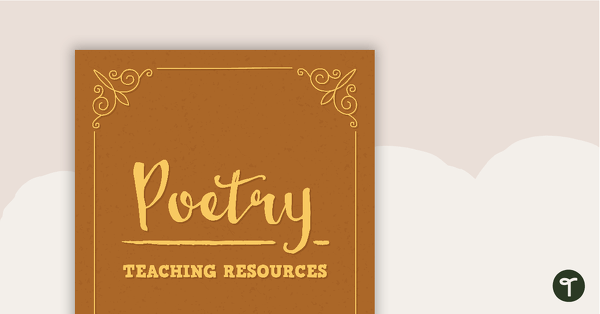
Poetry Resource Folder Cover and Dividers
Use this collection of templates to organise your classroom poetry resources folder.
- Plus Plan
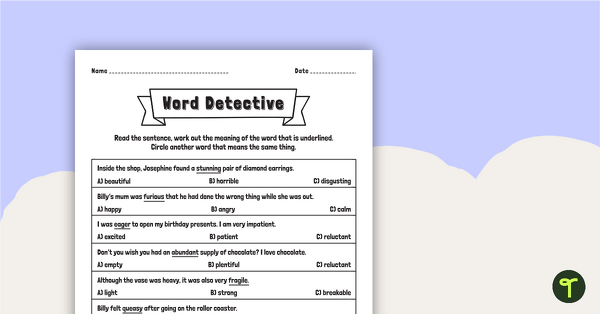
Finding Word Meaning In Context - Word Detective Worksheet
A teaching resource to help teach your students how to find word meaning in context.
- Plus Plan
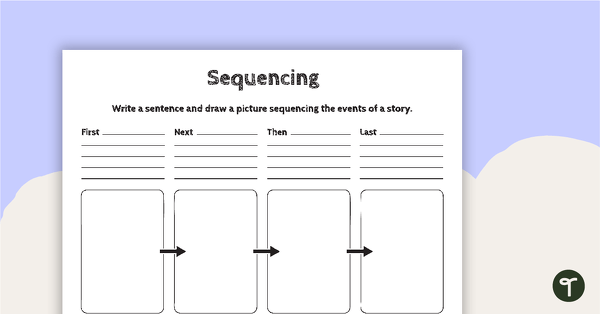
Story Sequencing - Template
A worksheet to use when teaching students how to sequence important events when reading.
- Plus Plan
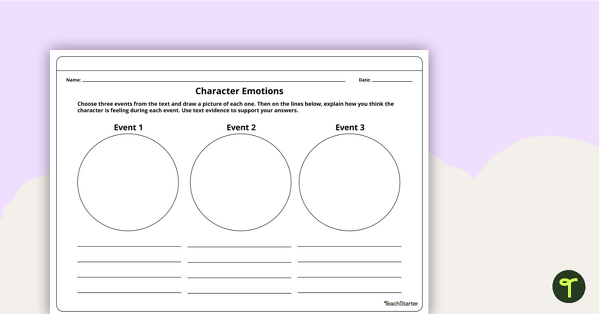
Character Emotions Worksheet
Make inferences about character's feelings with this one-page worksheet.
- Plus Plan
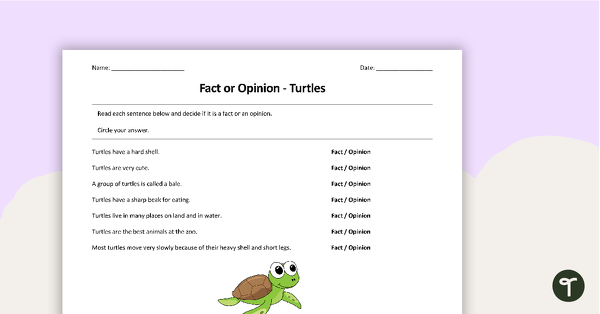
Fact or Opinion - Turtle Worksheet
A worksheet to use when teaching students how to distinguish between fact or opinion.
- Plus Plan
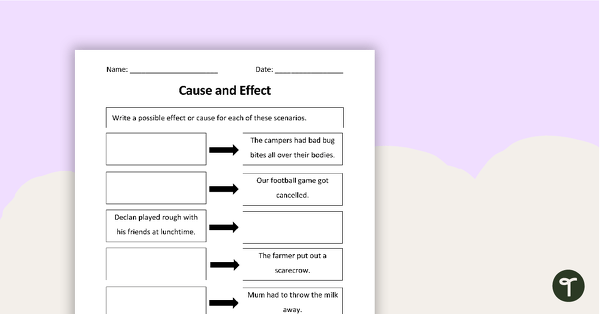
Cause and Effect - Scenario Worksheet
A worksheet and answer sheet to use when teaching students the cause and effect comprehension strategy.
- Plus Plan
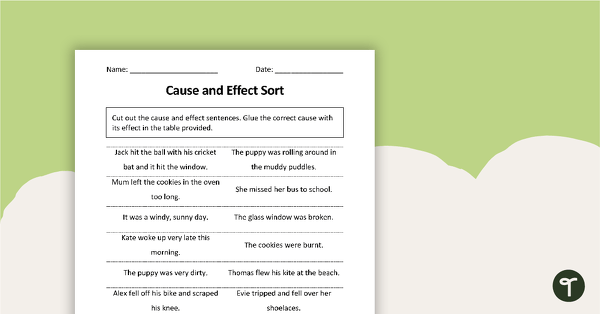
Cause and Effect - Sentence Sort Worksheet
A worksheet and answer sheet to use when teaching students the cause and effect comprehension strategy.
- Plus Plan
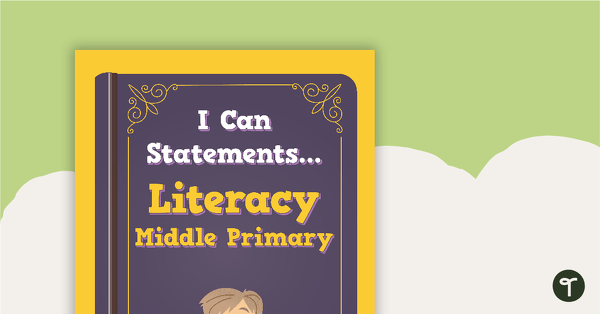
'I Can' Statements - Literacy (Middle Primary)
A set of 103 'I can' statement cards focusing on literacy for middle primary.
- Plus Plan
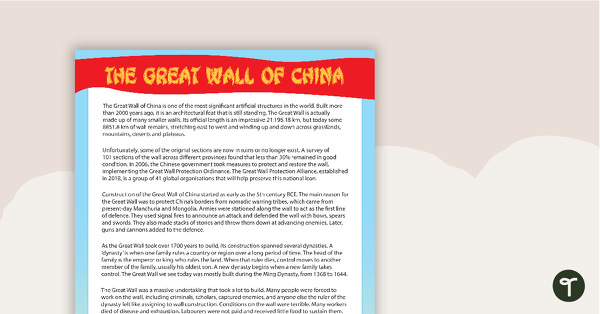
Comprehension - The Great Wall of China
A comprehension activity about The Great Wall of China.
- Plus Plan
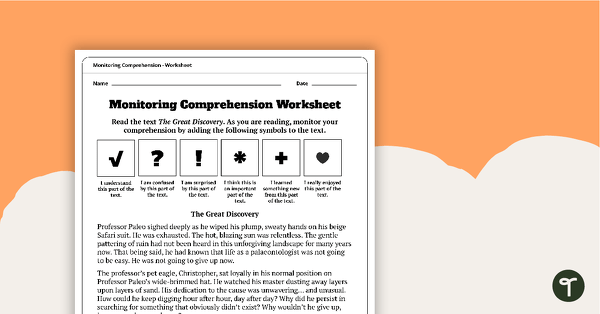
Monitoring Comprehension Worksheet
A 2 page worksheet focusing on the reading comprehension strategy of monitoring.
- Plus Plan
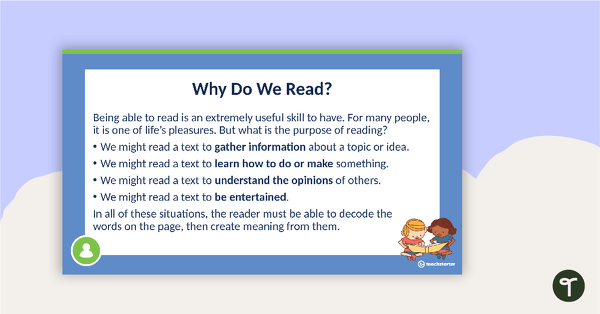
Reading Comprehension Strategies PowerPoint - Predicting
A 14 slide editable PowerPoint template explaining the reading comprehension strategy of predicting.
- Plus Plan
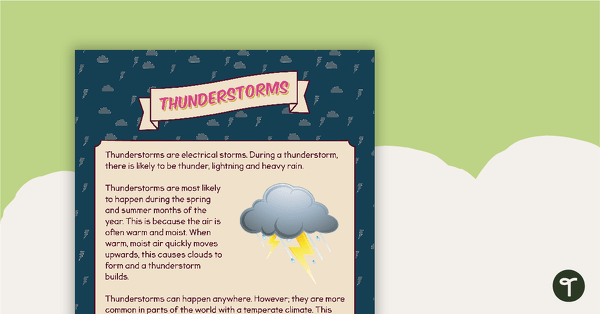
Comprehension - Thunderstorms
A comprehension activity using an information text about thunderstorms.
- Plus Plan
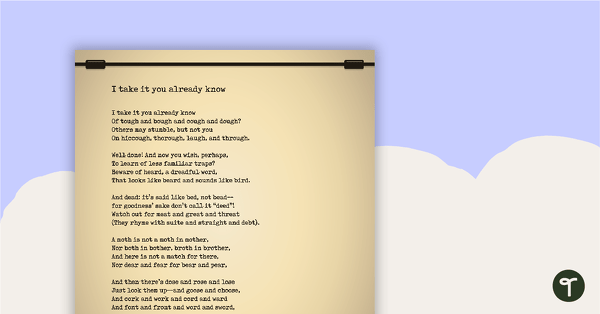
'I take it you already know' - Poster
A poster displaying 'I take it you already know', a poem describing the difficulties in the English language.
- Plus Plan
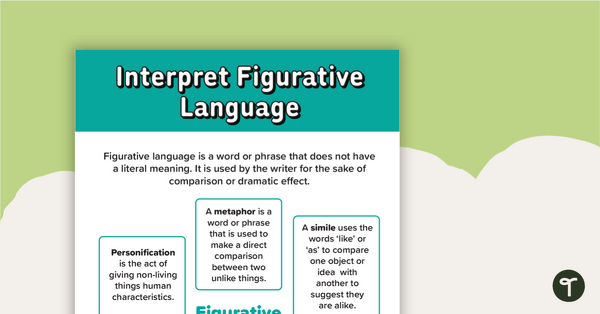
Interpret Figurative Language Poster
Provide students with a visual reminder of the types of figurative language with this classroom display poster.
- Plus Plan

Exploring Poetry Worksheet - Storytelling
A worksheet to help students understand storytelling through poetry.
- Plus Plan
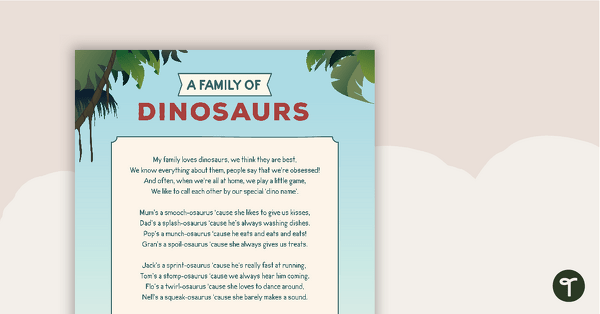
Exploring Poetry Worksheet - Word Play
A worksheet to help students understand word play in poetry.
- Plus Plan
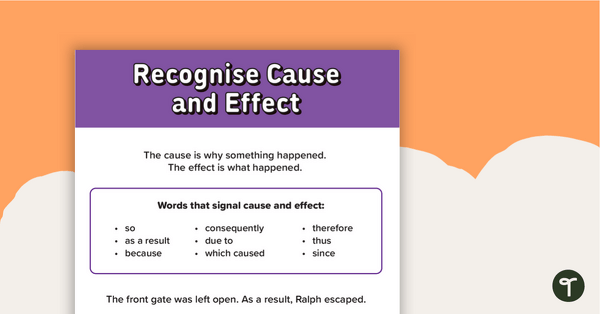
Recognise Cause and Effect Poster
A poster highlighting how to recognise cause and effect when reading a piece of text.
- Plus Plan
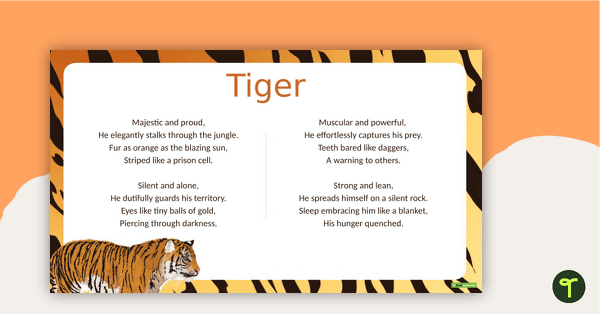
NAPLAN Reading Magazine – Year 5 - PowerPoint
5 reading texts with multiple choice questions for NAPLAN Reading Year 5 on PowerPoint.
- Plus Plan
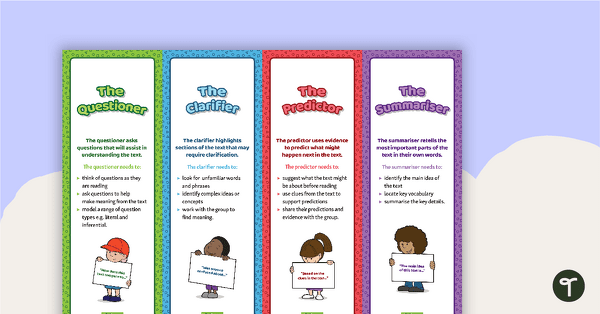
Reciprocal Teaching Role Bookmarks
A set of 4 colourful bookmarks explaining reciprocal teaching roles.
- Plus Plan
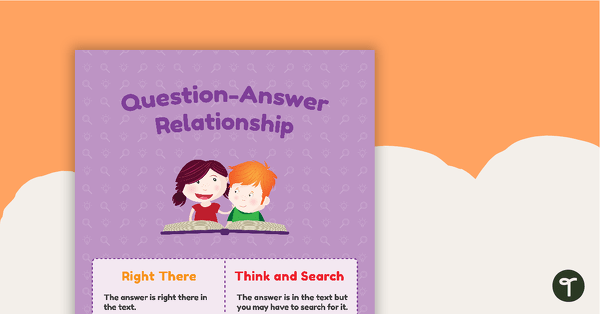
Question-Answer Relationship (QAR) Posters
A poster highlighting the different strategies involved with the QAR comprehension strategy.
- Plus Plan
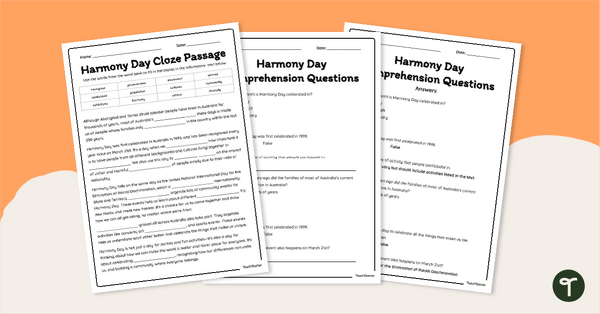
Harmony Day Cloze and Comprehension Worksheets
Educate students about the meaning behind Harmony Day with these cloze and comprehension worksheets for upper year students.
- Plus Plan
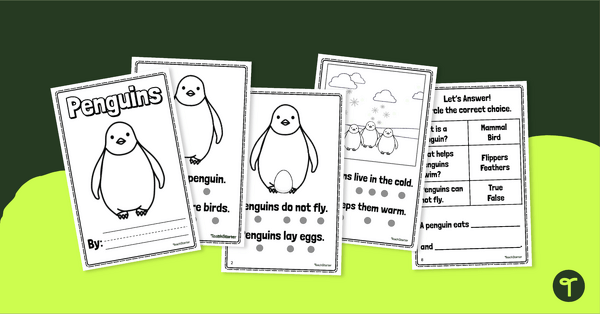
All About Penguins - Year 1 Leveled Readers
Chill out with a good book and build reading skills with a printable penguin leveled reader for Year 1.
- Free Plan
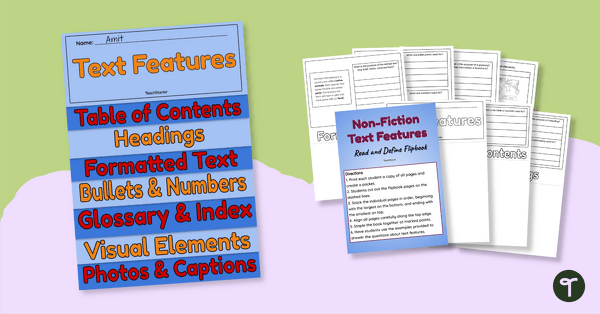
Non-Fiction Text Features Flipbook – Read and Define
Use this text features flipbook as a student-centred literacy activity to teach your students about the purpose of text features in non-fiction books.
- Plus Plan
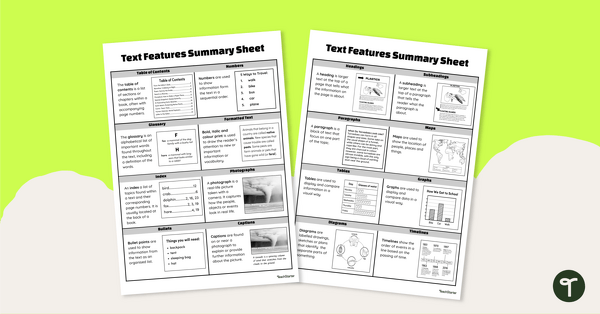
Informational Text Features Cheat Sheet
Download this list of text feature examples to teach your students about the purpose of these important textual elements.
- Plus Plan
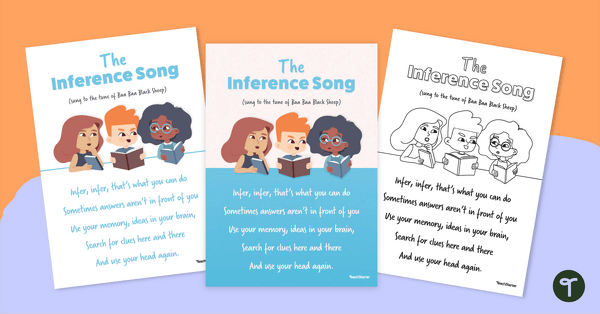
The Inference Song Classroom Poster
Teach your students about the meaning of inferencing with a song!
- Plus Plan
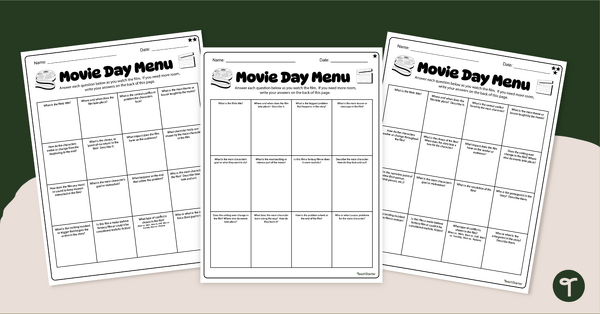
Movie Day Menu - Story Element Review Grid
Turn a movie day into a learning experience with our printable Movie Day Comprehension menu.
- Free Plan
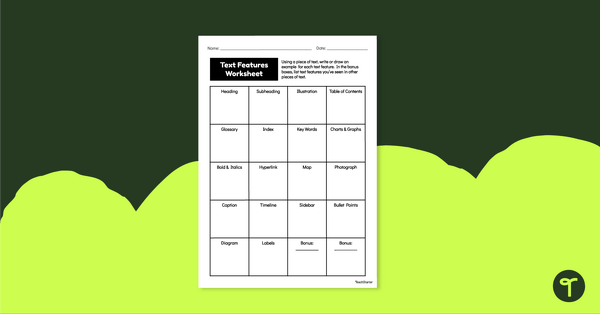
Nonfiction Text Features Worksheet
Download this nonfiction text features worksheet so students can practice locating different types of text features found in an information text.
- Plus Plan
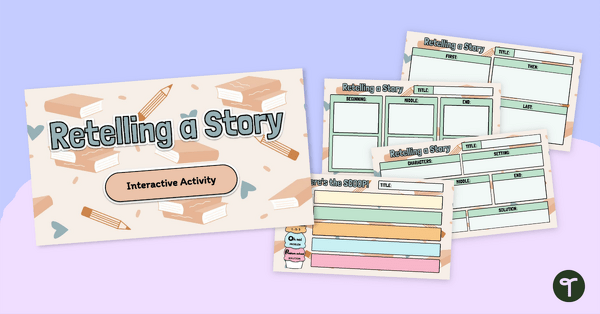
Story Retell Interactive Graphic Organisers
Explore the elements of a retell with your students using this digital activity.
- Plus Plan
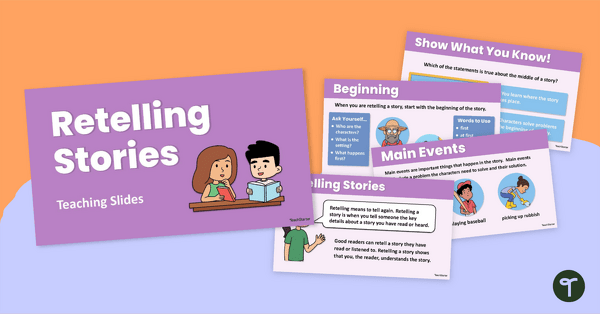
Retelling Stories Teaching Slides
Teach your students all about the fundamentals of retelling a story with this set of teaching slides.
- Reading Comprehension Worksheets
- Reading Comprehension Templates
- Reading Comprehension Posters
- Reading Comprehension Teaching Presentations
- Reading Comprehension Games
- Reading Comprehension for Foundation Year
- Reading Comprehension for Year 1
- Reading Comprehension for Year 2
- Reading Comprehension for Year 3
- Reading Comprehension for Year 4
- Reading Comprehension for Year 5
- Reading Comprehension for Year 6
- Reading Comprehension for Year 7